Skidoo
PTC EGT Sensor
PTC EGT Sensor, often referred to as a PT200 or PT500 sensor, utilizes the principle that the electrical resistance of platinum changes predictably with temperature. These sensors are highly accurate and stable, making them ideal for measuring exhaust gas temperatures in automotive, industrial, and environmental applications. The sensor typically consists of a platinum wire or film encapsulated in a protective sheath, designed to withstand harsh conditions, including high temperatures and corrosive gases. By monitoring the resistance, the sensor provides precise temperature readings, which are crucial for optimizing engine performance, reducing emissions, and ensuring compliance with environmental regulations. Their reliability and durability make them a preferred choice in demanding environments.
| Sensor Type | PT200 |
| Probe Numbers | 1 |
| RTD Type | PT200 |
| Operating Temp. Range | -40 ℃ to +850 ℃ |
| Measurement Accuracy | <600℃:±4℃ |
| >600℃:±7℃ | |
| Response Time at 10m/s | <10s |
| Signal Output On the Car | Voltage |
| Design Reliability | Excellent |
-
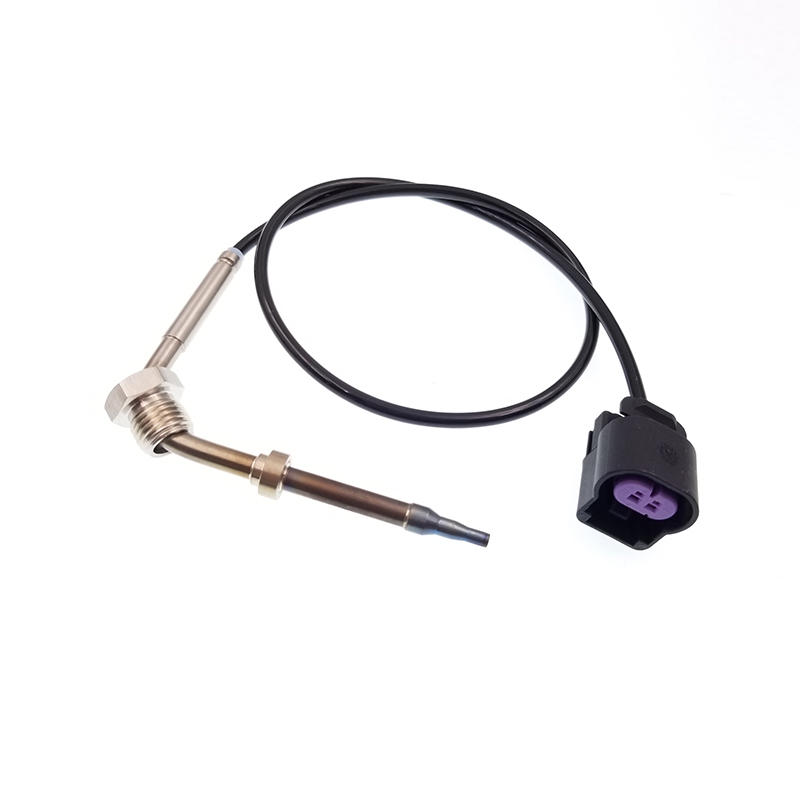
-
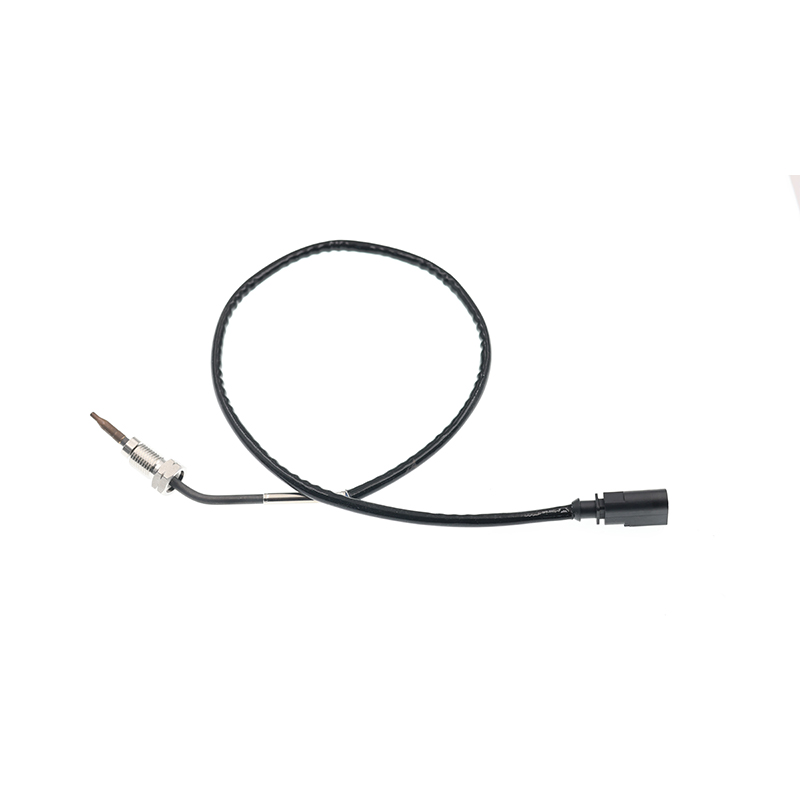 03L906088BS,7451933,SU11282 PTC EGT Sensor
03L906088BS,7451933,SU11282 PTC EGT SensorAudiA3 8P[2008-2013] 1.9, 2.0TDITT MK2 [2008-2010] 2.0TDI VolkswagenCaddy [2007-2010] 1.9, 2.0TDIEOS...
-
 STG221G,55211326,51802892 PTC EGT Sensor
STG221G,55211326,51802892 PTC EGT SensorAlfa Romeo 159 939 2.4 JTDM Q4 2007/05-2011/11 2387 ccm, 154 KW, 210 PSAlfa Romeo 159 Sportwagon 939...
-
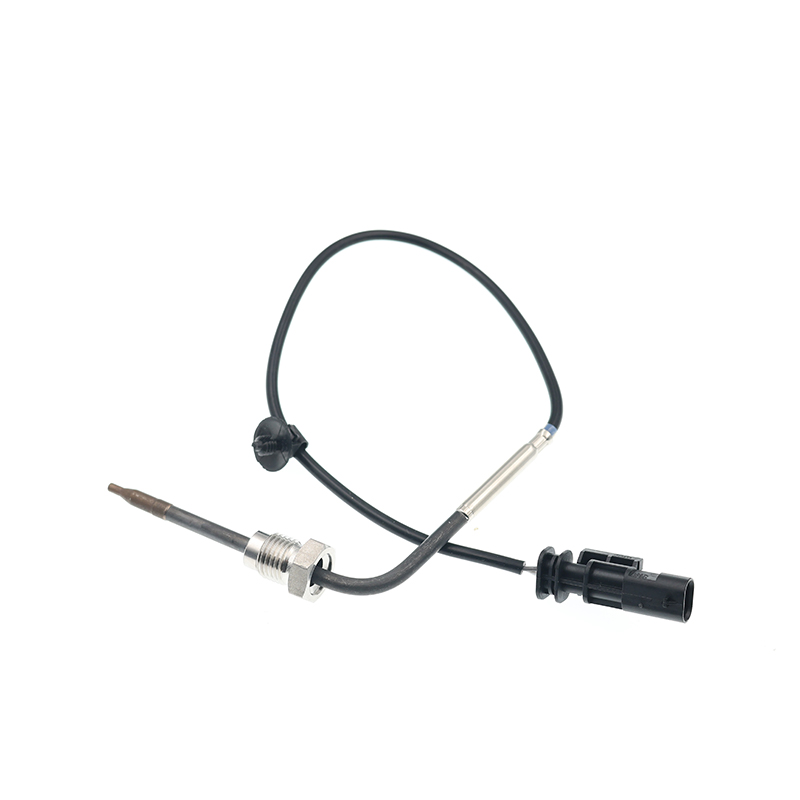 STG335G,55570090,1247512 PTC EGT Sensor
STG335G,55570090,1247512 PTC EGT SensorOpel Zafira Tourer C P12 1.6 CDTi 2014/07-2018/12Opel Zafira Tourer C P12 1.6 CDTi 2013/02-2018/12 V...
-
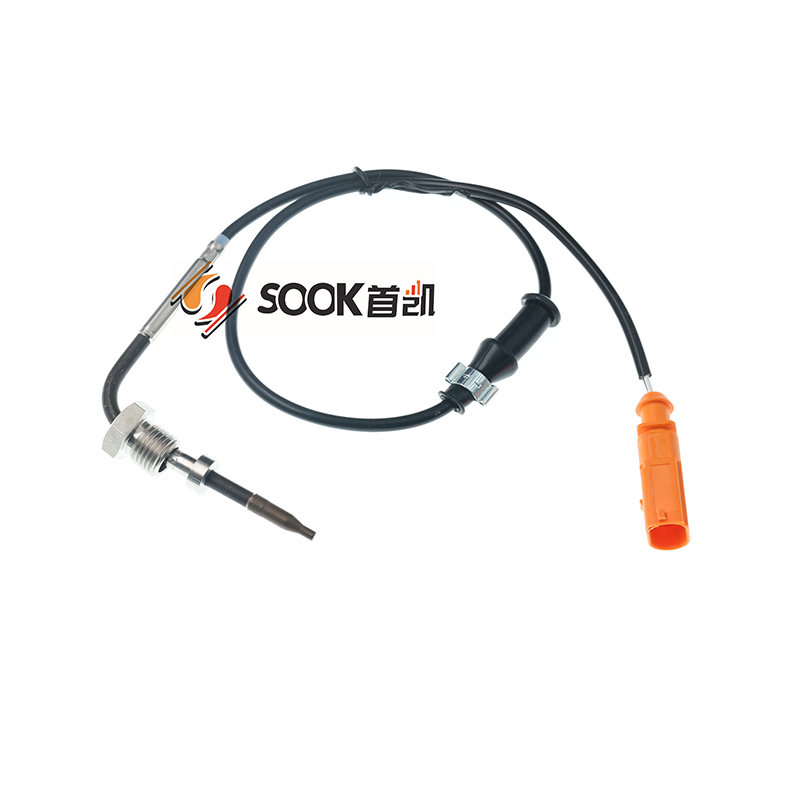 03G906088AF,03L906088HL PTC EGT Sensor
03G906088AF,03L906088HL PTC EGT SensorAudi A1 2009- 2018 8XA [2011-2018] Hatchback Hatchback 1.6 TDI VW Polo 2009-2018 6R_ [2009-2014] Ha...
-
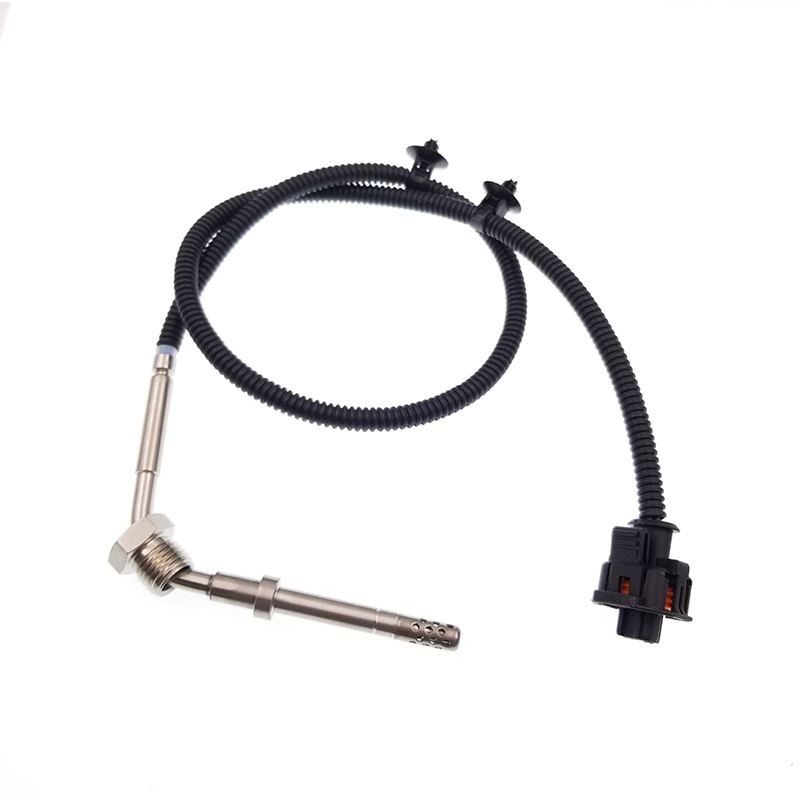 25183664,4818660 PTC EGT Sensor
25183664,4818660 PTC EGT SensorFor CHEVROLET OPEL VAUXHALL Captiva 4x4
-
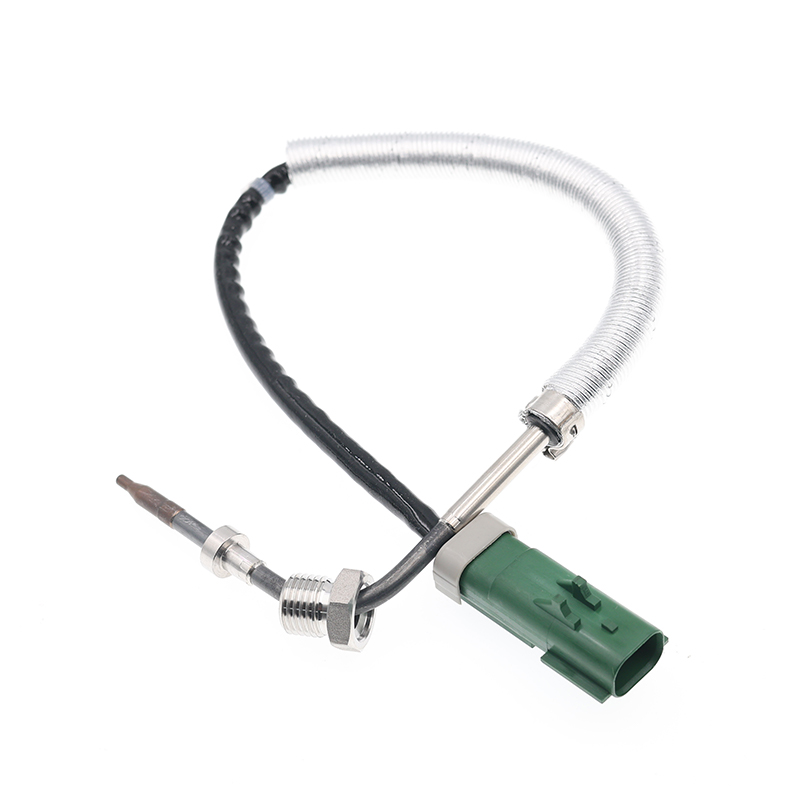 05146663AD,05146663AC,05146663AA PTC EGT Sensor
05146663AD,05146663AC,05146663AA PTC EGT Sensor2014-2015 JEEP GRAND RAM 1500 JEEP GRAND CHEROKEE ...
-
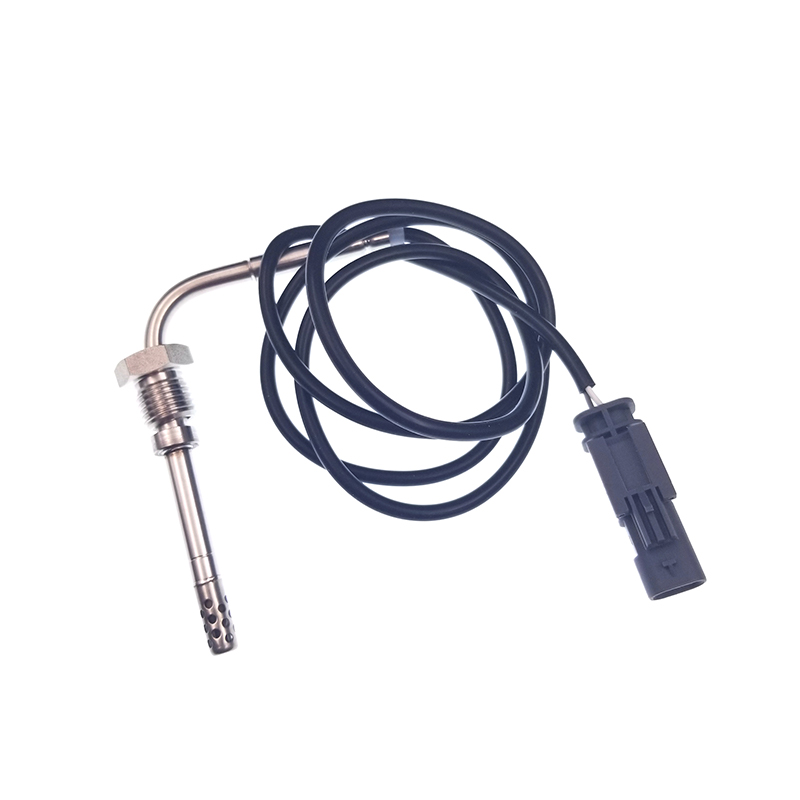 68167870AB,7452420,ETS180 PTC EGT Sensor
68167870AB,7452420,ETS180 PTC EGT SensorRAM PROMASTER 1500 2014-2016RAM PROMASTER 2500 2014-2016RAM PROMASTER 3500 2014-2016
-
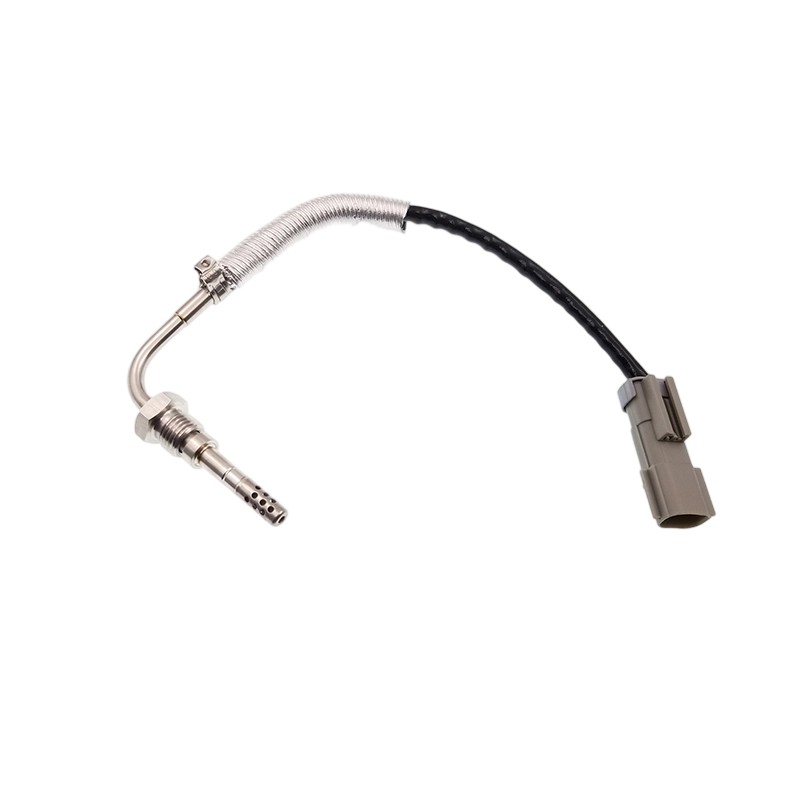 68231738AA,68231738AB,ETS178 PTC EGT Sensor
68231738AA,68231738AB,ETS178 PTC EGT SensorRAM 1500 2014-2017
-
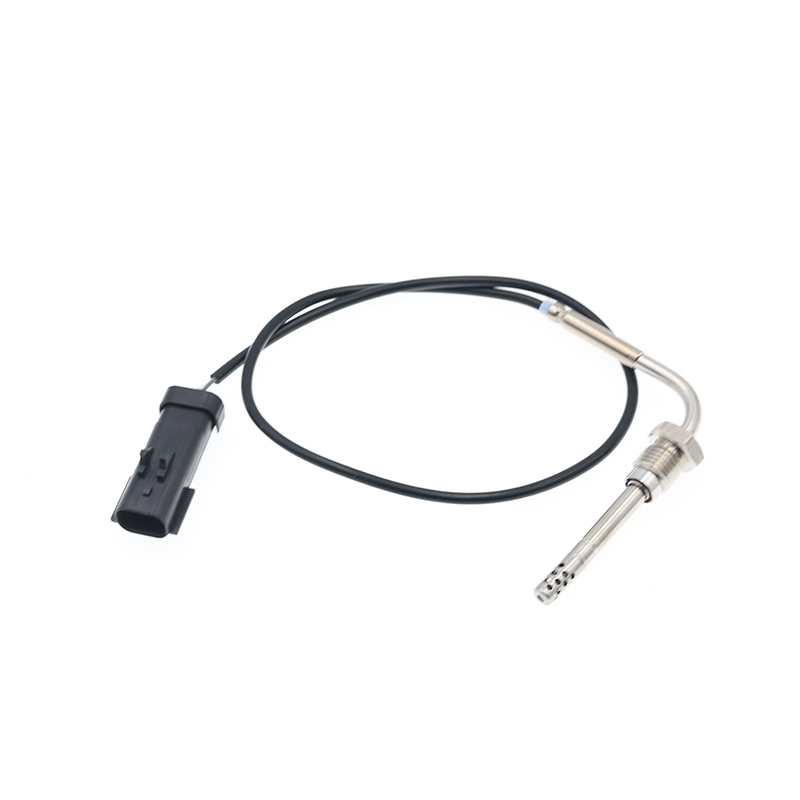 ME557325,ME230527,ASTE-0321 PTC EGTSensor
ME557325,ME230527,ASTE-0321 PTC EGTSensorMitsubishi Fuso
-
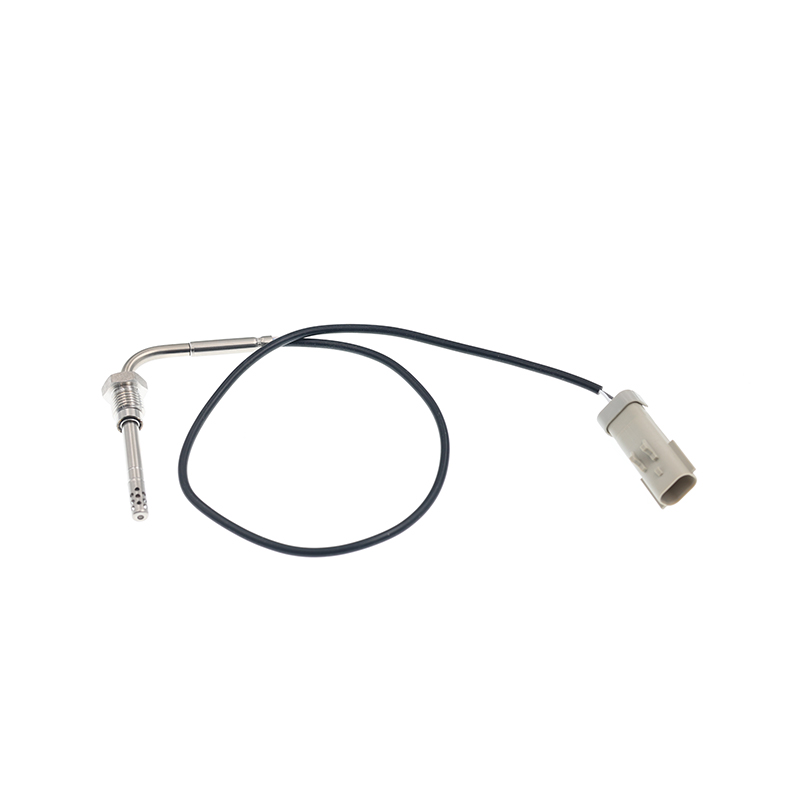 ME557326,ME230528,ASTE-0322 PTC EGT Sensor
ME557326,ME230528,ASTE-0322 PTC EGT SensorMitsubishi Fuso
-
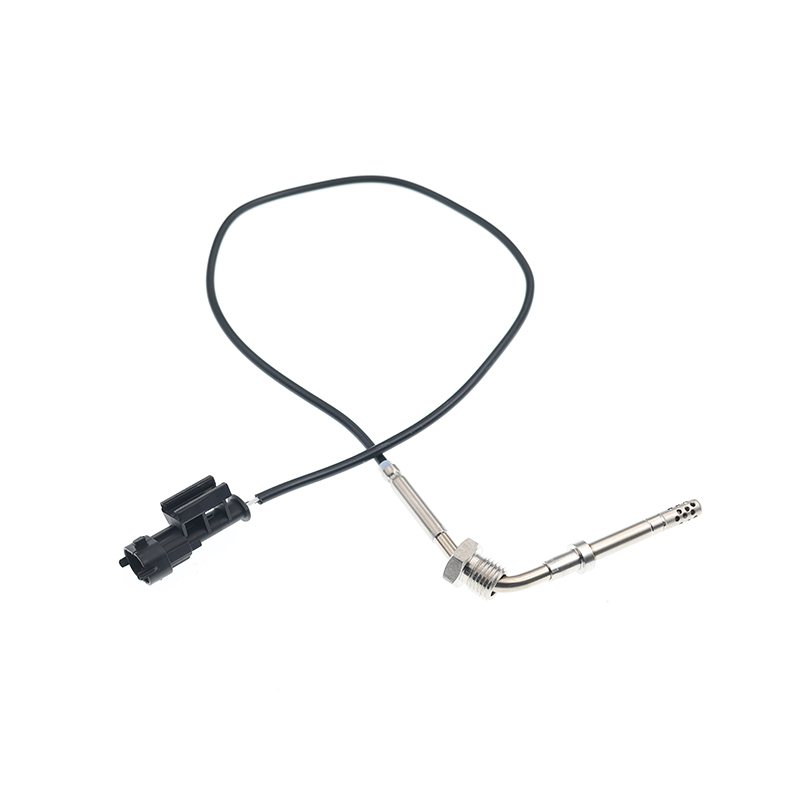 87482353 PTC EGT Sensor
87482353 PTC EGT SensorCASE NEW HOLLAND Case IH
Specializing in the research and development of intelligent vehicle exhaust temperature sensor, intelligent NOX sensor, NH3 sensor, H2 sensor and speed sensor, design, production, sales and integration.
SOOK High Tech (Jiangsu) Co., LTD. was established in 2015, with a registered capital of 30.5 million yuan. Has won High-tech enterprise, National science and technology small and medium-sized enterprise, Software enterprise, Member of China Machinery Industry Standardization Technology Association, Council Members of Sensor and IoT Industry Association, Council Members of China Instrument Industry Association Sensor Branch and Council Members of Jiangsu Import and Export Chamber of Commerce. As a professional China OEM/ODM PTC EGT Sensor supplier and wholesale PTC EGT Sensor factory , SOOK High Tech focuses on the design, production, sales and integration of various sensors for smart cars and industrial fields, as well as cables and heaters for the industrial field. Has an annual production capacity of 600,000 sensors of various types. There are more than 2,000 items of exhaust temperature sensors, 450 items of NOx sensors, and 1,300 items of ABS sensor, which are exported to Europe and the United States.
Learn about our industry exhibition information and recent events in our company.
In what systems are NTCEGT sensors commonly used?
1. Automotive Exhaust Temperature Monitoring
NTCEGT sensors are installed on the engine's exhaust manifold or exhaust pipe to measure exhaust temperature in real time, helping the engine control unit (ECU) optimize fuel injection, ignition timing, and emissions control.
2. Heating, Ventilation, and Air Conditioning (HVAC) Systems
In appliances such as air conditioners and water heaters, NTC sensors are used to detect room or hot water temperature, enabling energy-saving control and comfort adjustment.
3. Industrial Process Control
NTCEGT sensors are often used in heat treatment on production lines, furnace temperature monitoring, and temperature feedback in chemical processes. Their high sensitivity and reliability ensure process stability.
4. Other Applications
NTCEGT sensors are also used in marine engines, aircraft engines, and some laboratory test equipment because of their high-temperature gas tolerance and accuracy, meeting the demands of demanding environments.
What is the difference between PTC technology and traditional thermocouples?
1. Working Principle
PTC sensors: Based on a positive temperature coefficient thermistor, their resistance increases as the temperature rises; they are a type of resistive temperature measurement. Thermocouples: Utilize the thermoelectric potential (Seebeck effect) generated by a temperature difference between two dissimilar metals to directly output a voltage signal.
2. Temperature Range and Accuracy
PTCs: Suitable for medium to low temperature ranges between -60°C and 150°C, with relatively high accuracy, especially stable in overheat protection scenarios.
Thermocouples: Offer a wide temperature measurement range (-270°C to 2300°C), but their accuracy is slightly inferior to PTCs in the low-temperature range.
3. Response Speed and Linearity
PTCs: Offer fast response and are nearly linear within a certain range, making them easy to directly map to temperature values.
Thermocouples: Offer extremely fast response, but their output is a nonlinear voltage, requiring cold-junction compensation and linearization.
4. Cost and Application Scenarios
PTCs: Simple in structure and low in cost, they are commonly used in low- to medium-temperature applications such as motor overheat protection and home appliance temperature control.
Thermocouples: Costly in manufacturing, they are suitable for industrial environments with high temperatures, severe corrosion, or those requiring long-distance signal transmission.



 English
English Español
Español Français
Français
 简体中文
简体中文